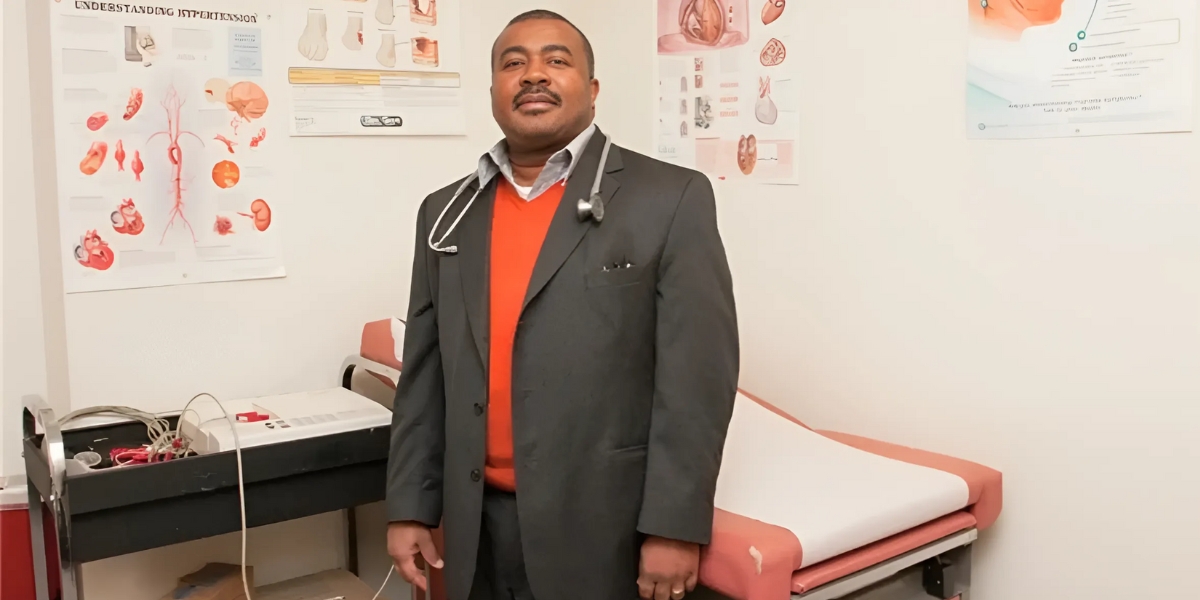In critical moments, hospitals depend on the constant flow of materials – medications, specimens, equipment. A single misplaced blood sample can have devastating consequences. In a recent incident, a critical blood sample needed for a life-saving liver transplant surgery was misplaced during transit.
This forced the surgery to be postponed at the last minute, causing significant disruption to the hospital’s surgical schedule. It was a stark reminder of just how crucial efficient logistics are for optimal patient care.
Logistics Robotics for Manual Process Bottlenecks
Delays in medication delivery not only leave patients in unnecessary discomfort but also compromise treatment effectiveness. Slow turnaround of lab results creates diagnosis bottlenecks, delaying critical care decisions.
However, many hospitals still rely on traditional in-house logistics systems. With urgent patient needs, competing priorities, and overburdened personnel, systems in which staff are also expected to juggle deliveries are prone to delays, miscommunication, and increased workload stress.
To streamline these processes, improve staff productivity, and generate long-term cost savings, hospitals are turning to innovative solutions like autonomous delivery carts.
AMRs Benefit Hospitals for Deliveries
Manual material transport in hospitals contributes to delays, bottlenecks, and a lack of transparency. Autonomous Mobile Robots (AMRs) designed for in-house deliveries address these challenges through automation, predictable scheduling, and real-time tracking.
- Automation of Routine Tasks: AMRs automate repetitive and time-consuming deliveries of medications, lab samples, and essential supplies. This robotic integration frees staff for patient-centric tasks that truly benefit from human expertise.
- Eliminating Bottlenecks: AMRs prevent delays caused by staff unavailability, overload, or miscommunication. This ensures critical supplies and test results arrive on time without hindering patient care or hospital workflows.
- Predictable Delivery Schedules: Unlike manual deliveries that can get sidetracked, AMRs provide predictable, scheduled transport. This reliability supports smooth surgical planning, timely medication delivery, and efficient patient discharge processes.
- Real-time Tracking for Transparency: Most AMRs offer real-time tracking capabilities. This eliminates wasted time searching for missing items, boosts accountability, and allows staff to quickly adjust delivery routes in response to urgent needs or changing patient situations.
Increased Hospital Process Visibility with Robotics in Logistics
Beyond the schedule itself, the predictability of AMR deliveries offers a level of visibility that transforms hospital logistics. Knowing exactly when items will arrive allows for proactive planning, streamlined workflows, and optimization of valuable resources like operating rooms and staff time.
- Transparency and Anticipation: AMRs provide a predictable delivery schedule, giving staff a clear sense of when to expect medications, supplies, or lab results. This transparency allows them to better plan their workflows, reducing time spent waiting or searching for critical items.
- Proactive Patient Care: Predictable automated delivery of medication allows nurses to administer treatments on time, improving patient experiences and treatment adherence. Lab results delivered reliably support faster clinical decision-making.
- Optimization of Resource Utilization: Knowing supplies and equipment will arrive through robotics logistics on time optimizes operating room scheduling. These expensive resources are used efficiently, maximizing their availability for patient care.
How AMR Automation is Used in Hospital Logistics
AMR robotics is transforming hospital workflows beyond traditional medication and lab sample transport. Intelligent robots, configured for specialized tasks, ensure secure handling, maintain sterility, and optimize support staff time. This robotic integration empowers hospitals to reallocate valuable human resources to patient-centric activities, ultimately improving the overall patient experience.
Robotic delivery carts can be leveraged for tasks including:
- Controlled Substance Transport: Many AMR robots feature secure compartments with controlled access and tracking systems, reducing medication diversion and enhancing accountability. This supports safe, accurate transport of controlled substances for pharmacy regulation and DEA compliance.
- Sterile Supply Delivery for Operating Rooms: Specialized AMRs with controlled environments or UV sanitation systems guarantee sterile transport of surgical supplies. This robotic integration minimizes contamination risk, safeguarding patient safety, and streamlines operating room workflows.
- Food and Linen Delivery: AMRs automate patient meal delivery and use linen collection. This frees hospitality aides for direct patient interaction, creating a more positive, personalized hospital experience.
- Waste and Hazardous Material Disposal: Autonomous delivery can take care of secure, safe transport of biohazard waste and other hazardous materials for these tasks with programmed routes and disposal procedures. This minimizes staff exposure risks, streamlines disposal, and reinforces environmental and safety compliance.
Introducing Model C2: Automated Delivery for Hospital Logistics
The Model C2 is specifically designed to address the challenges of in-house hospital material transport. Its core capabilities center on the secure, reliable, and efficient movement of medications, lab samples, supplies, and other essential items throughout the hospital environment.
Customization for Perfectly Tailored Autonomous Delivery
Model C2’s adaptable features offer versatile configurations for operation in busy, unpredictable hospital environments – safeguarding sensitive materials and upholding strict regulations with options including:
- Secured compartments with individual locking mechanisms for controlled substance transport.
- Customizable storage units with temperature control to adjust the transport climate of sensitive medications and samples
- Optional integration with UV sanitation systems for sterile delivery environments.
- Optional integration with barcode scanners for accurate item tracking and management.
Robotics in Logistics: The C2’s Intelligence Capabilities
The Model C2 is powered by exclusive Q.AI Intelligence to operate safely and reliably alongside hospital staff, other autonomous delivery robots and patients alike, promoting a smooth coexistence between humans and technology. Its advanced AI capabilities enable:
- Intelligent and Autonomous Navigation: Machine learning and mapping technologies allow the C2 to navigate complex hospital layouts, avoid obstacles, and optimize routes for efficient delivery.
- API Integration: The C2’s open API can connect to hospital management systems, enabling streamlined communication and workflow coordination.
- Mobile App Control: Intuitive mobile apps provide convenient monitoring and control of the C2’s operations by authorized personnel.
- Safety Features: An array of sensors and emergency stop mechanisms ensure safe operation in the dynamic hospital environment.
Benefits Beyond Logistics with the C2 Delivery Cart
Quasi Robotics’ Model C2 allows hospitals to shift their focus from logistics back to where it belongs – on providing the highest quality care for its care patients. By automating crucial but time-consuming tasks, the robotic cart empowers healthcare providers to conduct comprehensive consultations, provide emotional support, and deliver personalized care plans.
This shift fosters a more compassionate and effective healthcare environment, ultimately leading to better patient outcomes, including:
- Prioritized Patient Interaction: An autonomous cart can free nurses and technicians from the errands associated with fetching supplies and sample transport. This recovered time allows caregivers to focus on deeper patient engagement and quality of care.
- Enhanced Staff Productivity and Experience: Logistics robotics lift the burden of routine deliveries placed on nurses, technicians, and support staff. This translates to greater job satisfaction and reduced risk of burnout.
- Reduced Medical Errors: Manual delivery processes are prone to human error, such as misplacing medications or incorrectly delivering supplies. An autonomous delivery robot minimizes these risks with secure compartments, pre-programmed routes, and real-time tracking,
- Long-Term Cost Savings: By optimizing staff time, reducing waste, and improving resource utilization, a delivery cart such as C2 contributes to long-term cost savings for the hospital. These savings can then be redirected to address the ever-evolving critical needs of patient care.
Conclusion
Hospitals constantly seek new ways to improve the quality of care while managing operational challenges. Embracing innovative solutions like autonomous delivery carts can make a real difference. These systems streamline logistics, freeing up valuable staff time for direct patient care and contributing to both improved hospital efficiency and a more positive patient experience. If you’re exploring ways to enhance your hospital’s operations, the Quasi Robotics Model C2 offers a powerful solution worth considering. To learn more, visit www.quasi.ai.
Published By: Aize Perez









